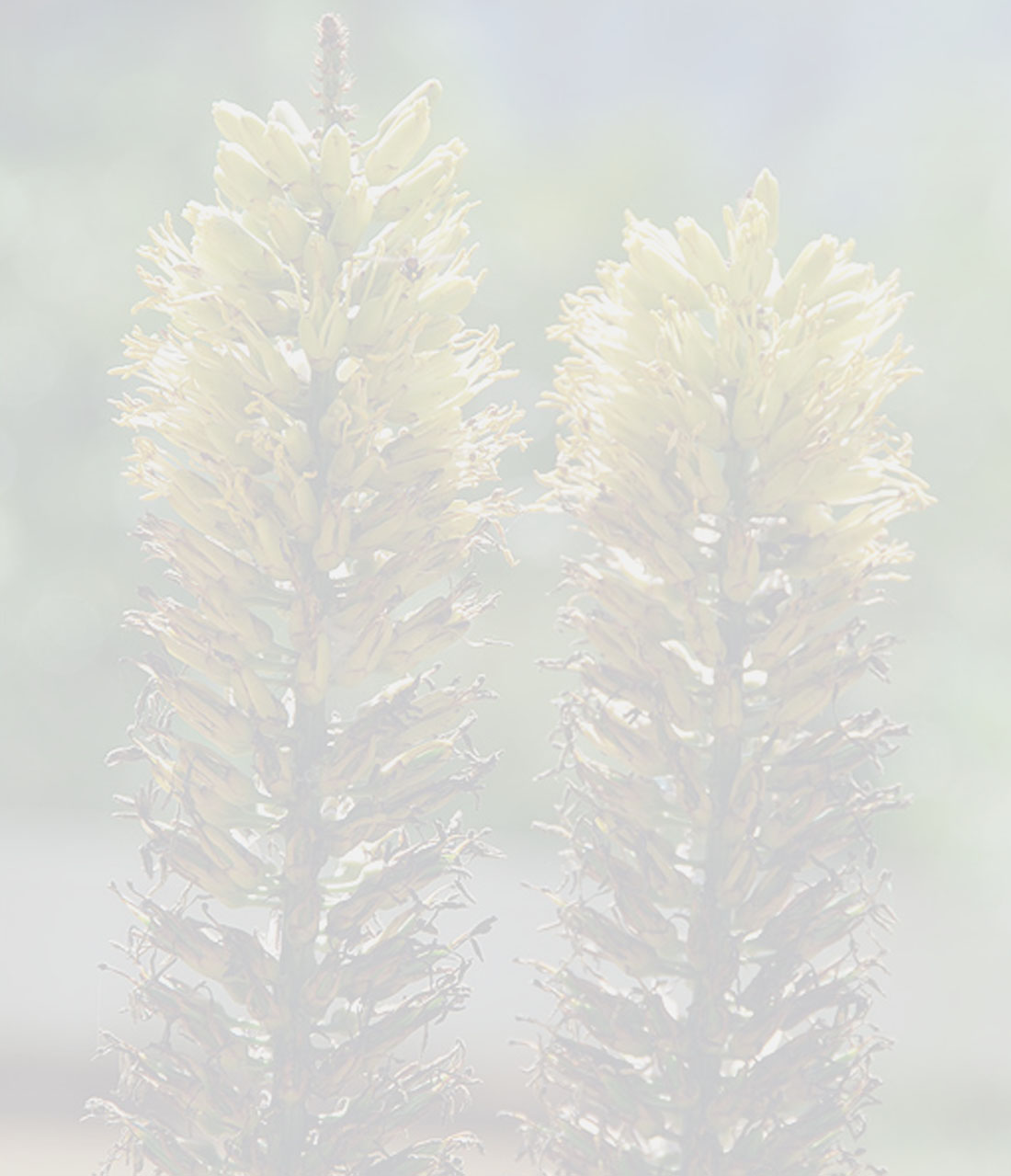Encholirium biflorum (Mez) Forzza
Literature references:
*move your mouse pointer over the page numbers to see comment
Comments:
- The occurrence of this species in the Serra do Cipo is a cause for doubt, because the material Schwacke 8413 (lectotype for E. pedicellatum) was collected in Diamantina, on the same date mentioned for the collection of E. biflorum in the Serra do Cipo. Add to this fact, this species has not been recollected in this place and the only population of E. biflorum, observed during the completion of this study, was located by the highway that links Diamantina with Biribiri, and close to only known population of E. pedicellatum. We believe that there was a mistake in the information contained in the material Schwacke 8410. E. biflorum was observed growing in sandstone soils (Fig. 37 - A & B). The herbarium specimens indicate that this taxon flowers between the months of October and January, except for the collection Schwacke 8410, collected in flower in the month of June.
Examples of E. biflorum are characterized by their reduced size making this the smallest species known for the genus (Fig. 36 - A; 37 - A & B). Other characters that can aid in the recognition of E. biflorum are the secund leaves and the number of flowers in the inflorescence, which varies from two to five (Fig. 36 - A; 37 - A & B).
E. biflorum has a floral morphology ( formed from sepals, petals and stamens and style included in the corolla) similar to E. vogelii, E. scrutor, E. pedicellatum and E. heloisae. Though, in E. biflorum, contrary to that seen in these taxa, the floral pedicels are less prominent (0,4-0,7 cm) (Fig. 36 - B). This characteristic, added to the secund leaves and the number of flowers in the inflorescence, makes the recognition of this species a quite easy task.
Encholirium biflorum was described by Mez (1894) as belonging to the genus Dyckia. Forzza (1997) referred to the doubtful positioning of this taxon in this genus, once it was discovered that the scape was terminal and not axillary as with the other species of Dyckia. However, in this work, the author opted for maintaining this species in the Dyckia genus where it was described originally.
As can be verified from the phylogenetic hypothesis, the four species presented previously, plus E. biflorum and E. reflexum, are rated as having more unstable positioning in the cladogram. However, the maintenance of E. biflorum in Dyckia became non tenable, once this genus was shown to be monophyletic without the inclusion of this species (see item III .1.2.). In the same analysis, Encholirium was shown a not to be a monophyletic taxon and this being so, to add a new combination to this genus may be a reason for controversy. We believed that the best positioning for this species, even if temporary, is in Encholirium.
In the Berlin herbarium the collections Schwacke 8410 and Glaziou 19919 are jointly identified as " typus ". Both materials are identified with a letter from the author of the species, the botanist C. Mez, though, just the collection Glaziou 19919 is mentioned in the protologue of the taxon, being therefore the holotype for the species.
Encholirium biflorum is restricted to the mining part of the Cadeia do Espinhaco (Fig. 27). Most of the collections of this species come from the Planalto de Diamantina but one collection (Schwacke 8410) was collected in Serra do Cipo (Municipal district of Santana do Riacho, MG). —See Forzza 2005 p. 22

